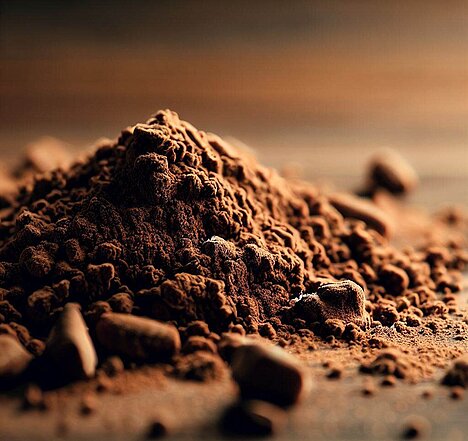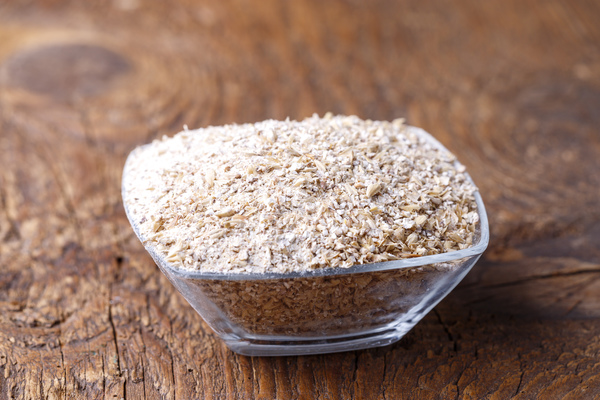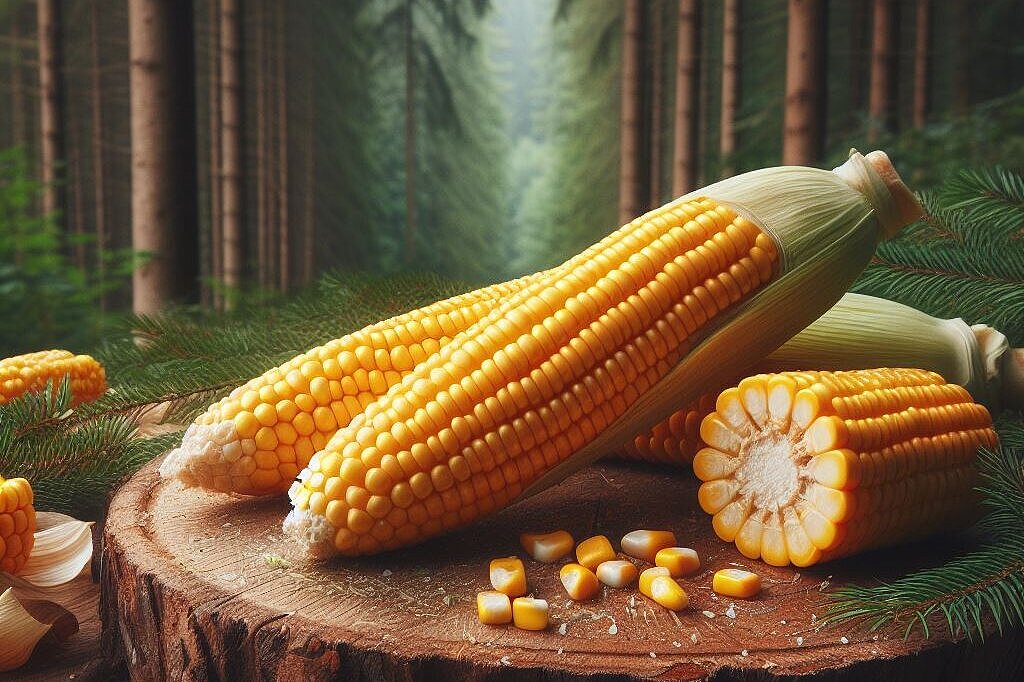Brewer's rice

You may have heard of brown rice or even discovered it in your dog food. But what is brown rice and why is it used as an ingredient? In this article, you'll find out everything you need to know about brown rice and what advantages and disadvantages it has for your dog.
What is brewer's ice?
Brewer's rice is a by-product of beer production. It is produced when the barley is processed into malt. The grains are soaked, germinated and dried. The malt is then crushed and mixed with water. This dissolves the starch and other ingredients from the malt. The liquid part is drawn off as wort and further processed into beer. The solid part that remains is the brewer's rice.
Brewer's rice therefore consists mainly of the husks and protein of the barley grains. It has a high fiber content and also contains some starch, protein, fat, minerals and vitamins. It has a slightly sweet taste and a brownish color.
Why is brown rice used as an ingredient in dog food?
Brown rice is often used as an ingredient in dog food because it has several advantages. Firstly, it is an inexpensive raw material that would otherwise have to be disposed of as waste. Secondly, it is a good filler that makes the food more voluminous and satiates the dog. It can also aid digestion as it contains a lot of fiber. It can also help to stabilize blood sugar levels as it is digested slowly.
Brown rice can also serve as an alternative to other cereals that some dogs do not tolerate well. It is gluten-free and has a low allergy potential. It can therefore be suitable for dogs that suffer from a grain intolerance or gluten allergy.
What are the disadvantages of brown rice for dogs?
However, brown rice also has some disadvantages that you should be aware of. Firstly, it is not a high-quality source of energy for dogs. It has a low calorie content and contains very little usable protein and fat. It therefore cannot meet the dog's need for these nutrients, which are important for the dog.
On the other hand, brown rice can be too much of a good thing. If the food contains too much brown rice, it can lead to an oversupply of fiber. This can lead to flatulence, diarrhea or constipation. It can also reduce the absorption of other nutrients that are bound to the fiber.
How much brewer's rice is healthy for dogs?
There is no general recommendation as to how much brown rice is healthy for dogs. This depends on various factors, such as the dog's age, weight, activity level and state of health. The quality of the brown rice and the composition of the food also play a role.
In general, however, brown rice should not be the main ingredient in dog food. It should only make up a small part of the food and be supplemented with other high-quality ingredients. This ensures that the dog gets all the nutrients it needs.
If you notice any signs of hypersensitivity or poisoning in your dog, you should see your vet immediately. We are not a substitute for a vet, but we try to be as accurate as possible. Every dog reacts differently and we recommend you get a second opinion or consult your vet if in doubt.
Stay healthy and take good care of your four-legged friend!😊
Similar to Brewer's rice
Barley malt is obtained from barley. Barley is a type of grain and is one of the oldest cultivated plants known to mankind. To produce barley malt, the barley is first soaked and then allowed to...
Wheat malt is made from quality wheat that is moistened to germinate. This produces enzymes that break down the starch and protein in the grain. The wheat is then dried again to stop the germination...
If your dog likes to nibble on a few kernels of corn or you give him some corn with his food, you don't need to worry. Corn is generally not poisonous or harmful to dogs. It can even have health...
Rye malt is produced through a process called malting. The rye is soaked in water and allowed to germinate. After five to seven days, germination is stopped by gentle drying. This step is called...



